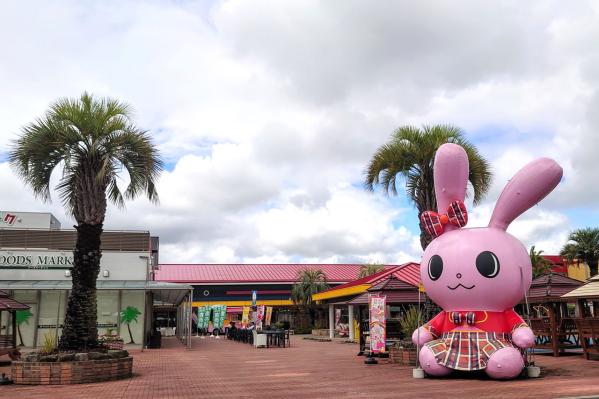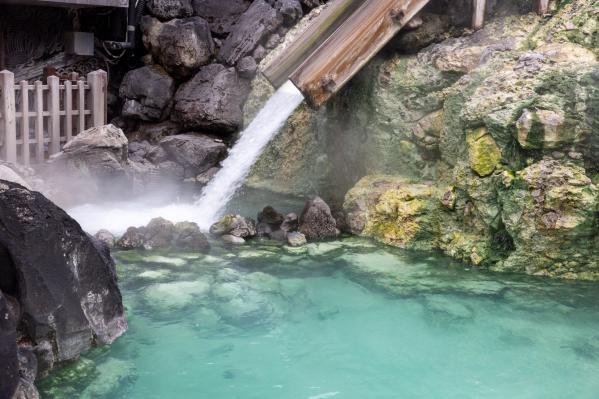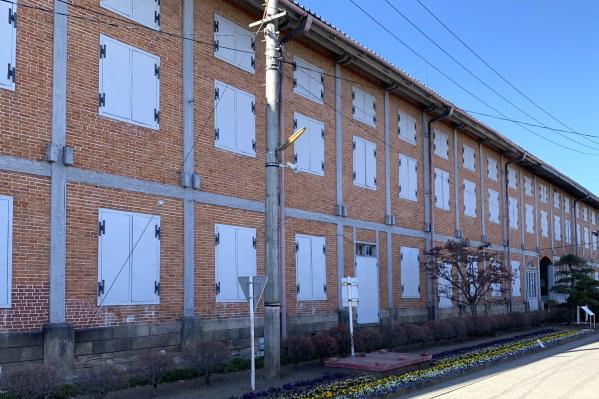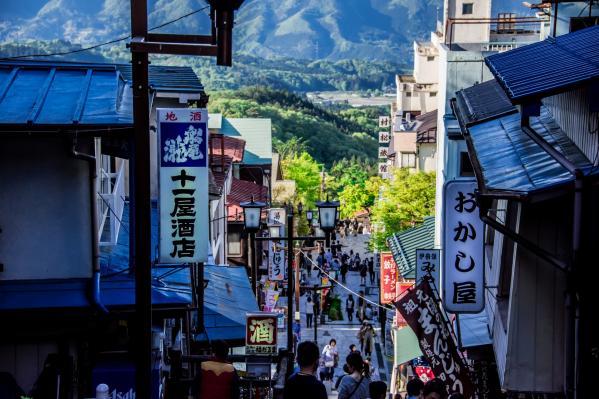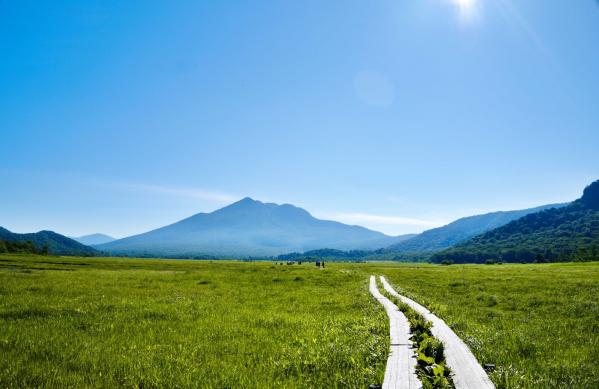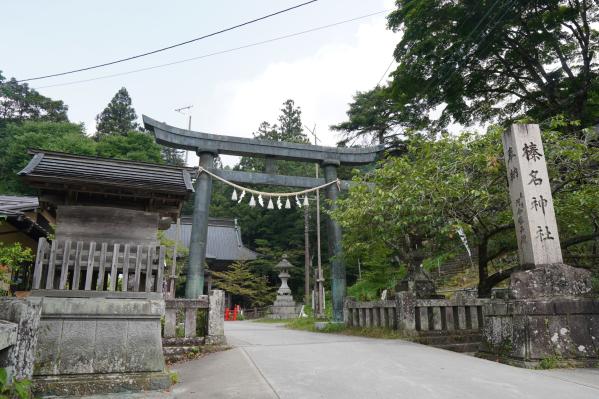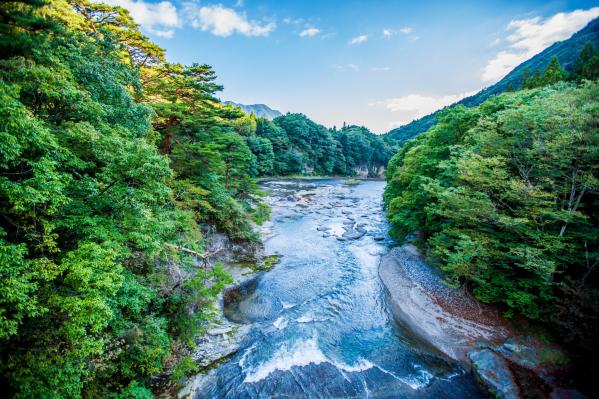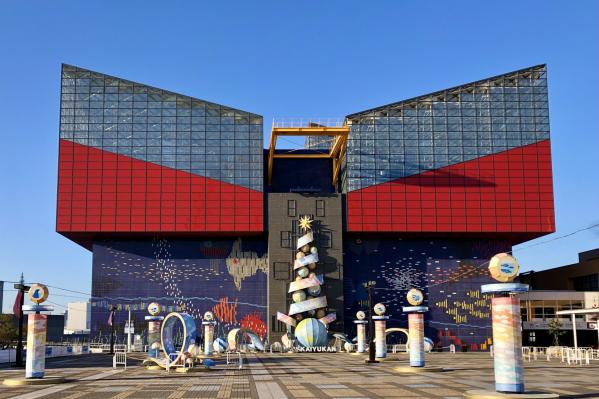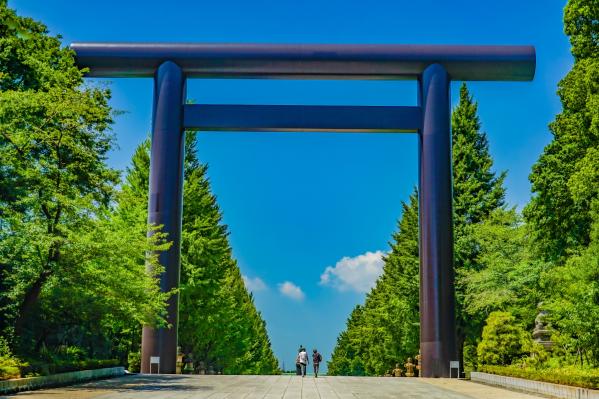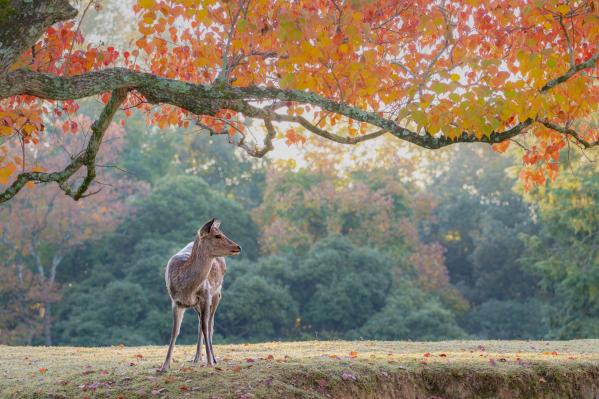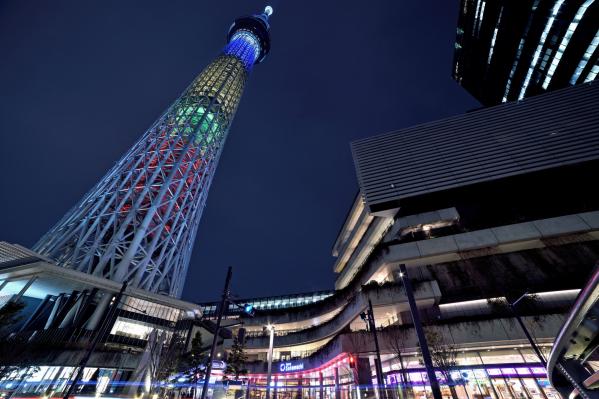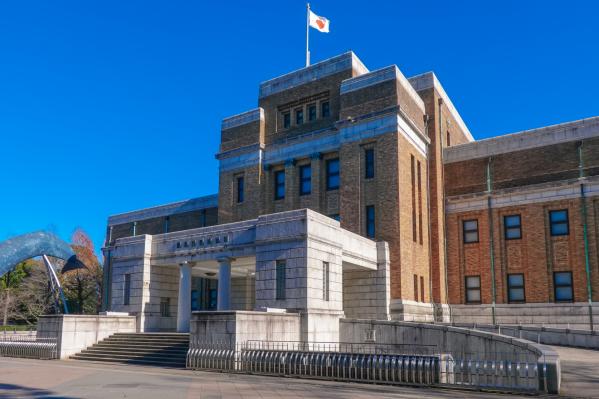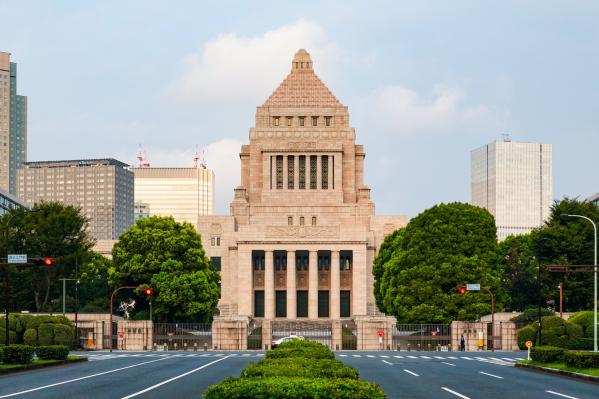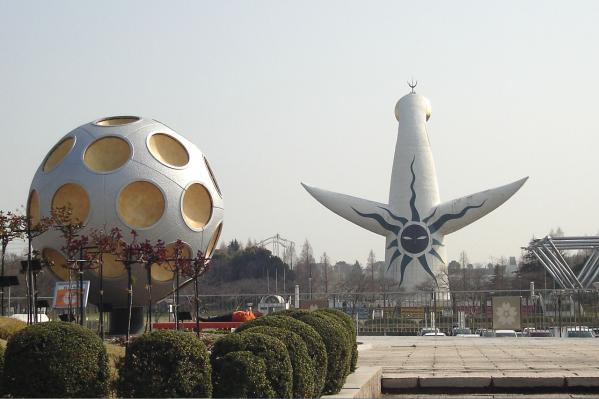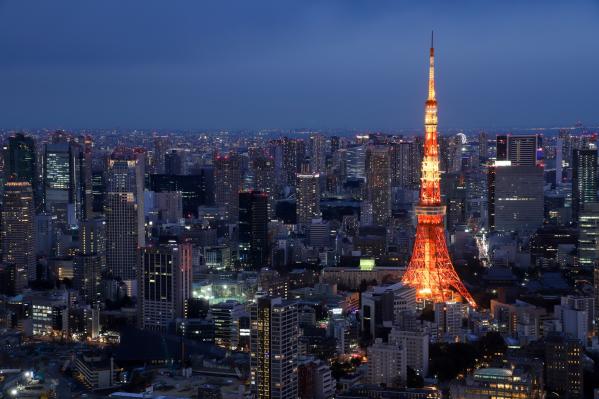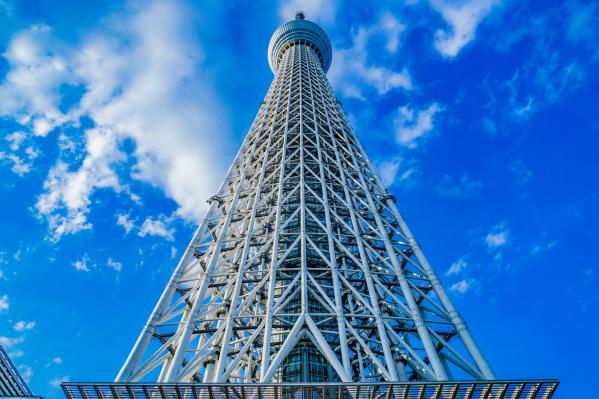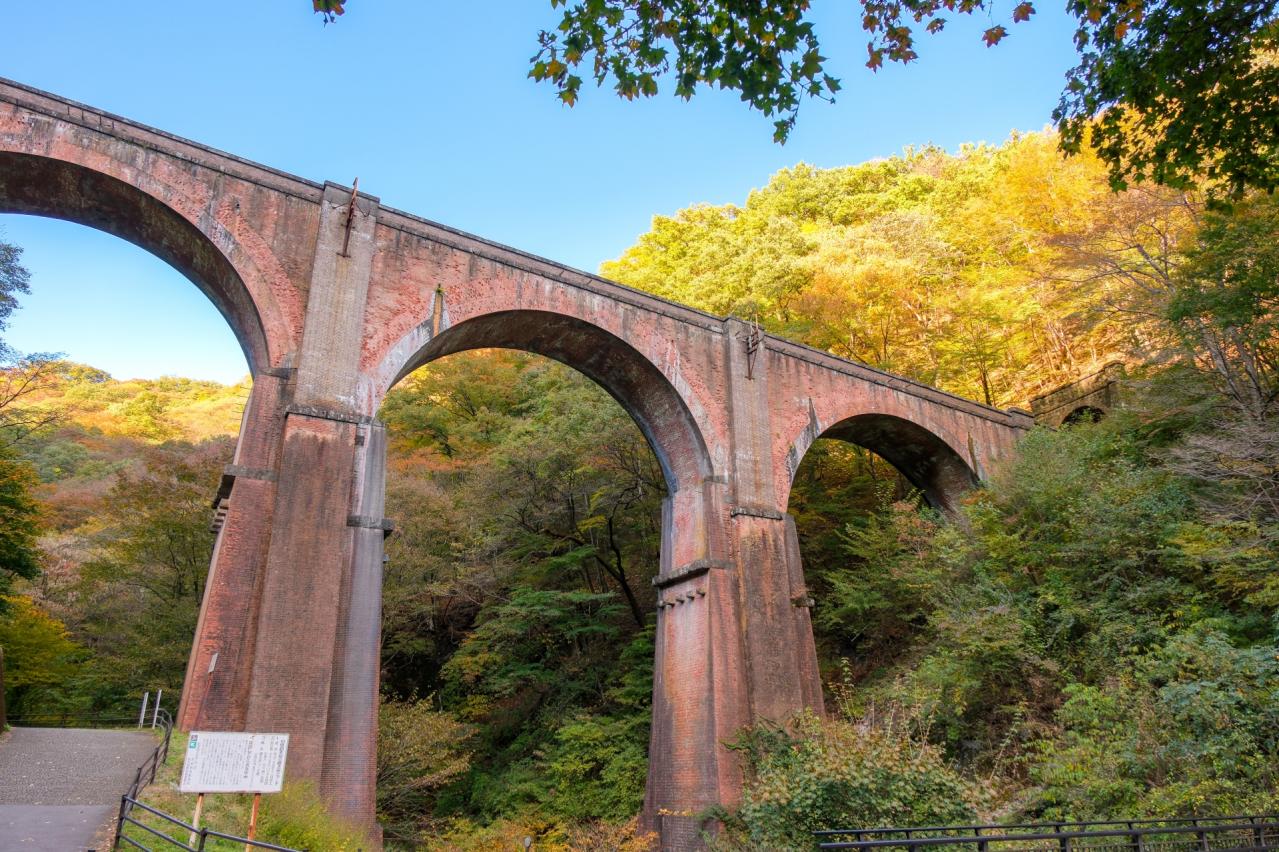
Usuidai Sankyoryo (Megane Bridge)
Basic Information
- Spot Name
- Usuidai Sankyoryo (Megane Bridge)
- Location
- Sakamoto, Matsuidachō, Annaka City
- Access
- From JR Shinetsu Main Line Yokokawa Station, it takes 100 minutes on foot via the "Apt no Michi" walkway, or about 10 minutes by taxi.
- Parking
- Parking available
- Business Hours
- Free to explore.
- Regular Holiday
- Open year-round.
- Fees
- Free
- Contact Information
- Phone Number:027-382-1111
- Official Website
Map
Detailed Information
The Usui Third Bridge is located in Sakamoto, Matsuidamachi, Annaka City, Gunma Prefecture, and is one of the largest brick arch bridges in Japan, spanning the Usui Pass. Due to its elegant appearance, it is commonly referred to as the "Megane Bridge" (Eyeglasses Bridge) and is currently designated as an Important Cultural Property of Japan. Construction began in June 1891 (Meiji 24) and was completed in December 1892 (Meiji 25), taking just one and a half years to build. This bridge is a grand structure that incorporated cutting-edge civil engineering techniques of the time, with a total length of about 91 meters and a height of approximately 31 meters. It was built using around two million bricks, designed by British engineer Charles A. Pownall and Japanese engineer Haruichi Furukawa. It serves as a symbol of the introduction of Western technology during the Meiji era.
The bridge was constructed as a vital structure to support Japan's first Abt rack railway, introduced to cross the former "difficult transportation point" called the Usui Pass. The Abt system features a toothed rack rail in the center of the tracks to safely navigate steep gradients, and it was used for approximately 70 years from 1893 (Meiji 26) until the opening of the new line in 1963 (Showa 38) between Yokokawa and Karuizawa on the Shinetsu Main Line.
Currently, the Usui Third Bridge, together with the Second to Sixth Bridges, and the associated tunnels and former substation sites, is designated as an Important Cultural Property under the "Usui Pass Railway Facilities." The abandoned railway line has been developed into a walking path known as "Apt no Michi," allowing visitors to walk over the bridge and closely observe remnants of the railway, including the old Maruyama Substation and the ten tunnels along the way.
The area around the Megane Bridge is enveloped in nature through the changing seasons, showcasing different beauties: fresh greenery in spring, deep green in summer, vibrant autumn leaves, and snowy landscapes in winter. Especially during the autumn foliage season, the sight of the red-bricked arches against the backdrop of colorful leaves is breathtaking, making it a popular photography spot that attracts many visitors.
The Usui Third Bridge is a precious heritage that symbolizes the fusion of technological prowess and aesthetic sensibility from the Meiji era, recognized as a "Modern Industrial Heritage" by the Ministry of Economy, Trade and Industry, selected as one of the "One Hundred Famous Bridges of Japan" by Hiroshi Matsumura, and included in "Heritageing 100." It continues to be cherished as a symbol of Usui Pass, harmonizing history, culture, and nature.
Usuidai Sankyoryo (Megane Bridge) Movies
Gunma Tourist Attractions
View ListKonnyaku Park
Konjac Park is a theme park where you can experience the charms of "konjac," a traditional Japanese ingredient. Here, you can enjoy free factory tours to learn about...
Gunma Safari Park
Gunma Safari Park is a vast safari park where about 100 species and 1,000 animals live in an environment close to nature. Visitors can observe lions, zebras, giraffe...
Kusatsu Onsen
Kusatsu Onsen is one of Japan's representative hot spring resorts located in Gunma Prefecture. A particular highlight is the "Yubatake," where blue-green hot spring ...
Tomioka Silk Mill
The Tomioka Silk Mill is a government-operated silk-reeling factory established by the Meiji government in 1872. Its goal was to improve the quality of raw silk and ...
Ikaho Onsen
Ikaho Onsen is a historic hot spring area celebrated in classic Japanese poetry, including the Manyoshu and the Kokin Wakashu. With a history spanning over 600 years...
Oze National Park
Oze National Park is the largest high-altitude wetland in Honshu, spanning the four prefectures of Gunma, Tochigi, Fukushima, and Niigata. From the snowmelt in May t...
Haruna Shrine
Haruna Shrine, located on the slopes of Mount Haruna in Takasaki City, Gunma Prefecture, is an ancient shrine believed to have been established during the reign of E...
Fukiware Falls
Fukiwari Falls is a magnificent waterfall that boasts a height of about 7 meters and a width of 30 meters. It gets its name from the appearance of a huge rock that s...








